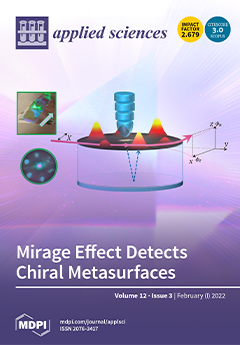Dracocephalum palmatum S. and
Dracocephalum ruyschiana L. contain a large number of target analytes, which are biologically active compounds. High performance liquid chromatography (HPLC) in combination with an ion trap (tandem mass spectrometry) was used to identify target analytes in extracts of
D. palmatum S. and
D. ruyschiana L. originating from Yakutia. The results of initial studies revealed the presence of 114 compounds, of which 92 were identified for the first time in the genus
Dracocephalum. New identified metabolites belonged to 17 classes, including 16 phenolic acids and their conjugates, 18 flavones, 5 flavonols, 2 flavan-3-ols, 1 flavanone, 2 stilbenes, 10 anthocyanins, 1 condensed tannin, 2 lignans, 6 carotenoids, 3 oxylipins, 2 amino acids, 3 sceletium alkaloids, 3 carboxylic acids, 8 fatty acids, 1 sterol, and 3 terpenes, along with 6 miscellaneous compounds. It was shown that extracts of
D. palmatum are richer in the spectrum of polyphenolic compounds compared with extracts of
D. ruyschiana, according to a study of the presence of these compounds in extracts, based on the results of mass spectrometric studies.
Full article





